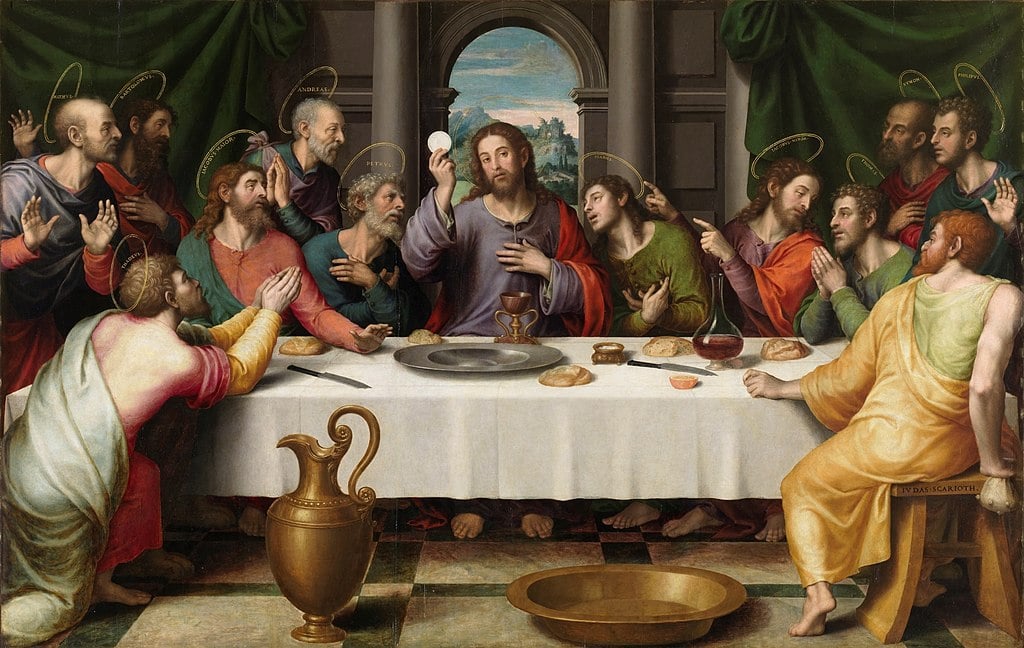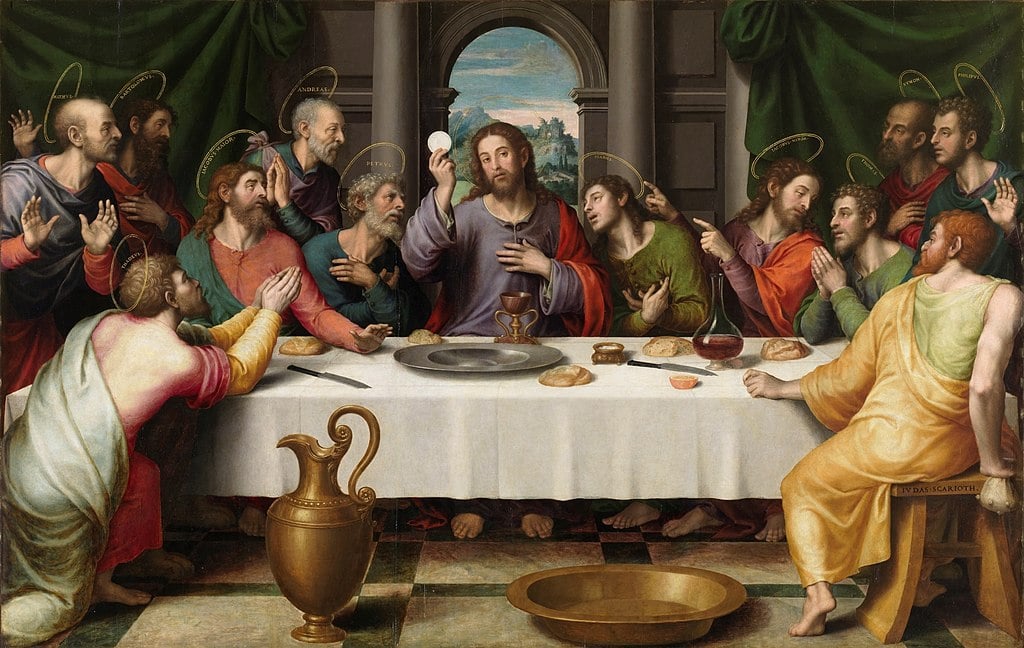

When we think of the name Judas Iscariot, we normally picture a historical figure. However, we also feel a kind of visceral reaction. This name has become the ultimate definition of a stab in the back, the absolute core of betrayal. His story—trading Jesus for thirty silver coins—wasn’t just a bad transaction; it was way more than that. It arguably shifted the very foundations of Western history and religion.
What happened to Judas after the infamous kiss, once the cold, hard cash was in his hand? If you examine the old texts, specifically the Bible, you will realize that the story becomes even murkier, leaving us to piece together fragments about his final, desperate hours.
According to Matthew’s Gospel, the enormity of his actions hit Judas like a physical blow. It wasn’t just regret that he felt; it sounded like sheer panic. He realized he’d sent an innocent man to his death and scrambled back to the religious authorities, the chief priests and elders who had orchestrated the payoff. He threw the silver back at them, crying out, “I’ve sinned! I betrayed an innocent man!” You can almost picture the priests, can’t you? Stone-faced, utterly unmoved, basically telling him, “Your problem, mate. Not ours.” Cold doesn’t even begin to cover it.

In utter despair, Judas flung the coins across the Temple floor, hoping he could change the course of what had already started to happen. That “blood money” was too dirty even for the Temple coffers, so the priests used it to buy a cheap plot known as the Potter’s Field—a place to bury outsiders and the unclaimed dead. It quickly earned a grim nickname: Akeldama, or Field of Blood. Matthew 27:5 reads: “So Judas threw the silver coins down in the Temple and went out and hanged himself.” Unable to live with his actions, he decided to have a lonely, desperate end.
The Book of Acts presents a different narrative, and it’s not for the faint-hearted. In this account, Peter addresses the early followers and provides a much more graphic depiction of what happened to Judas Iscariot. According to Acts, Judas used his ill-gotten gains to purchase a field. Acts 1:18–19 (NLT) then give us a very different end for Judas Iscariot: “Judas had bought a field with the money he received for his treachery. Falling headfirst there, his body split open, spilling out all his intestines. The news of his death spread to all the people of Jerusalem, and they gave the place the Aramaic name Akeldama, which means ‘Field of Blood.’ This account starkly contrasts with the quiet desperation depicted in Matthew’s version.

This field, too, is called Akeldama, the Field of Blood—though here it seems directly tied to Judas’s evil fate. The plot thickens because tradition often places this Akeldama near the Valley of Hinnom. This wasn’t just any old valley near the ancient city of Jerusalem; it had a dark past linked to ancient, horrific rituals and fire, eventually changing its name into the Greek transliteration Gehenna, from the Hebrew Gei Hinnom, the very word Jesus often used when discussing hellish judgment. Coincidence? Probably more of a chilling geographical footnote to the story of Judas.
Reconciling these two biblical accounts—hanging versus falling—continues to engage scholars, who disagree about what might have happened to him. Perhaps they represent two sides of the same coin, with different traditions emphasizing different details. Ultimately, nobody knows for certain.
So, beyond the how and where of his death, what about the bigger picture and the meaning of his actions? Did that last-minute remorse grant him a place in Heaven? What about Jesus’s own terrifying words about his betrayer, saying it would’ve been “better for that man if he had not been born”? In Matthew 26:24, the verse reads: “The Son of Man will go just as it is written about him. But woe to that man who betrays the Son of Man. It would be better for him if he had not been born.”

The Bible leaves Judas’s ultimate fate technically open. However, that connection to the Valley of Hinnom—Gehenna—along with Jesus’ words, hung heavy in the air. Did Judas meet his end in the very place that symbolized eternal punishment? It’s a disturbing thought that makes it hard to be a coincidence. Whatever the specifics, the fate of Judas was sealed. We still sling his name around like mud when someone lets us down: “He’s a real Judas,” we say. From the dusty streets of Roman Judea right down to conversations today, that name still carries the ultimate sting of betrayal.
The final chapter of Judas, whether it ended with a rope or a sickening fall, remains utterly haunting and has been a symbol of dishonor across generations. It offers a raw look at guilt, the point of no return, and the crushing weight of consequences we sometimes face. We might never know the exact sequence of events in those final hours, but the story forces us to consider how profoundly our choices can reverberate with their consequences, leaving marks long after we’re gone.
Related: Holy Week Explained: What Each Day Symbolizes in Christian Faith
